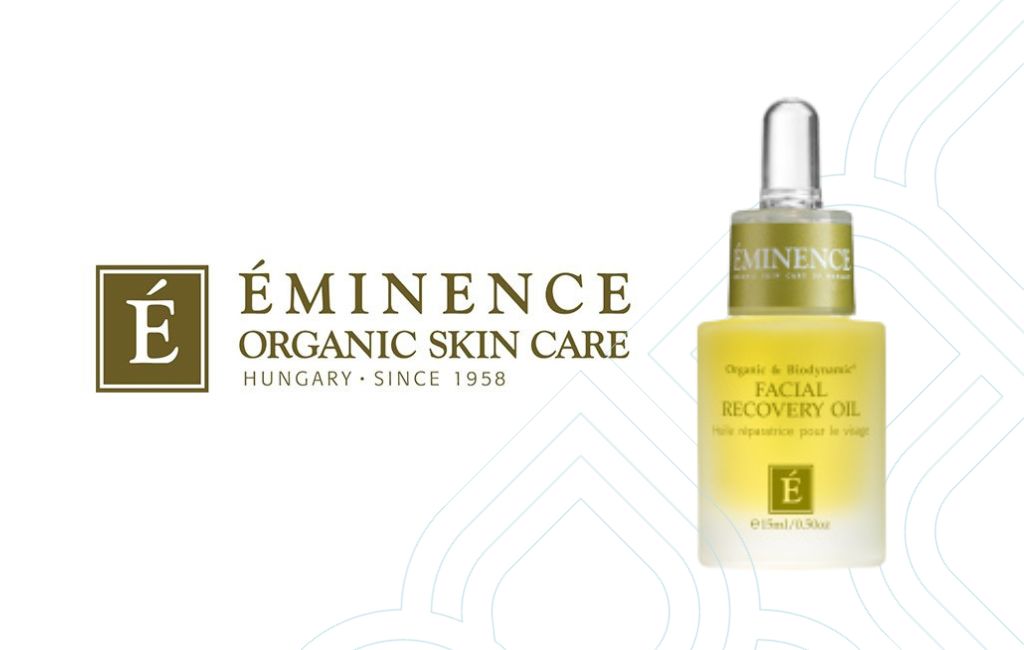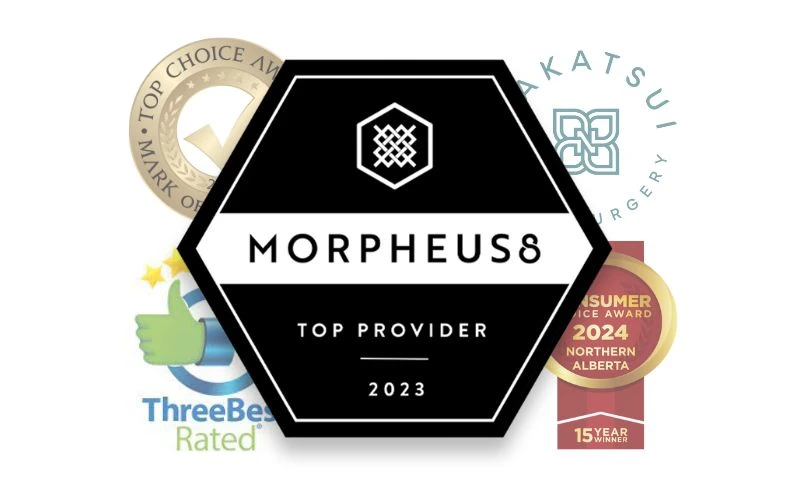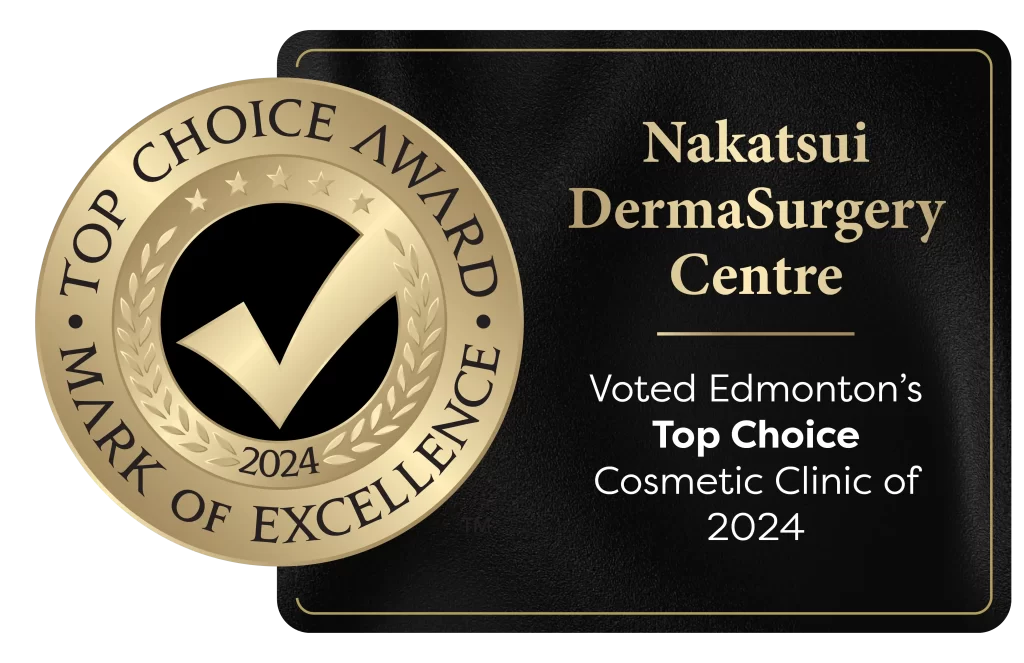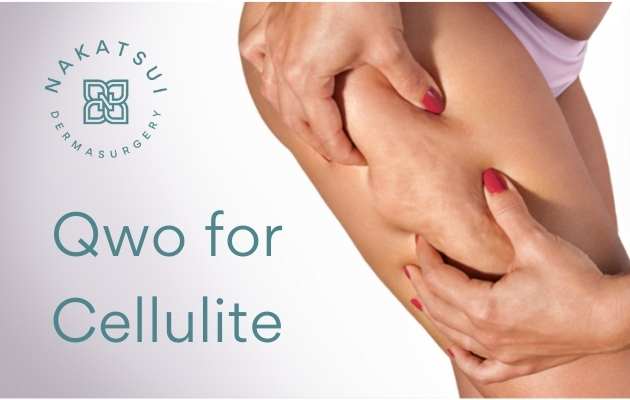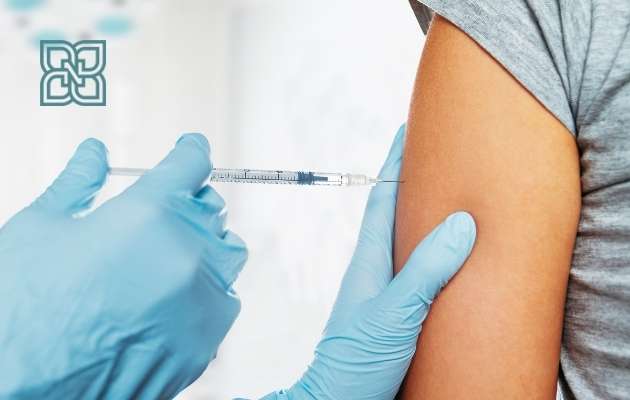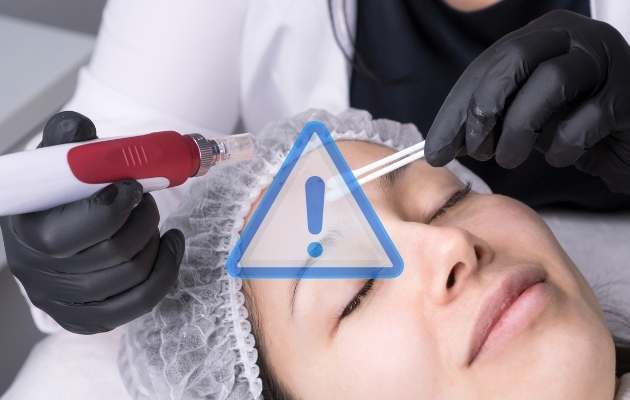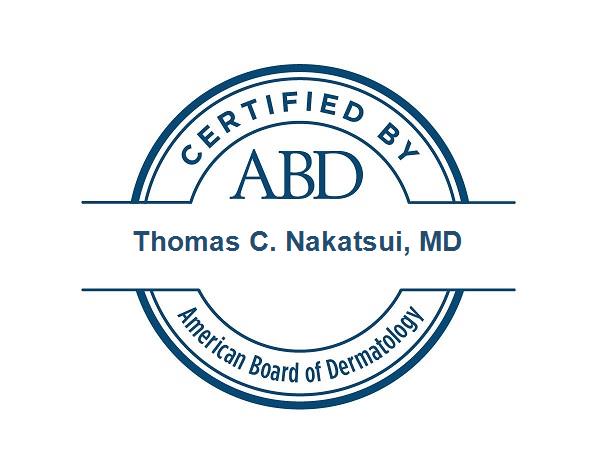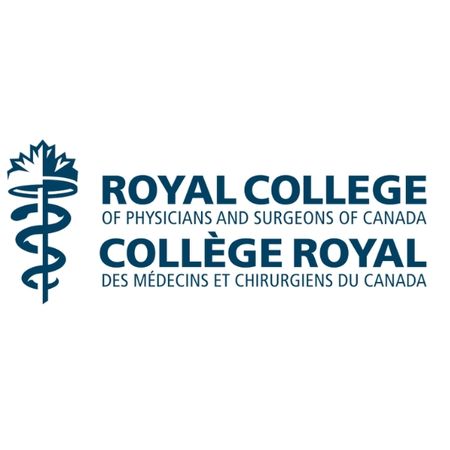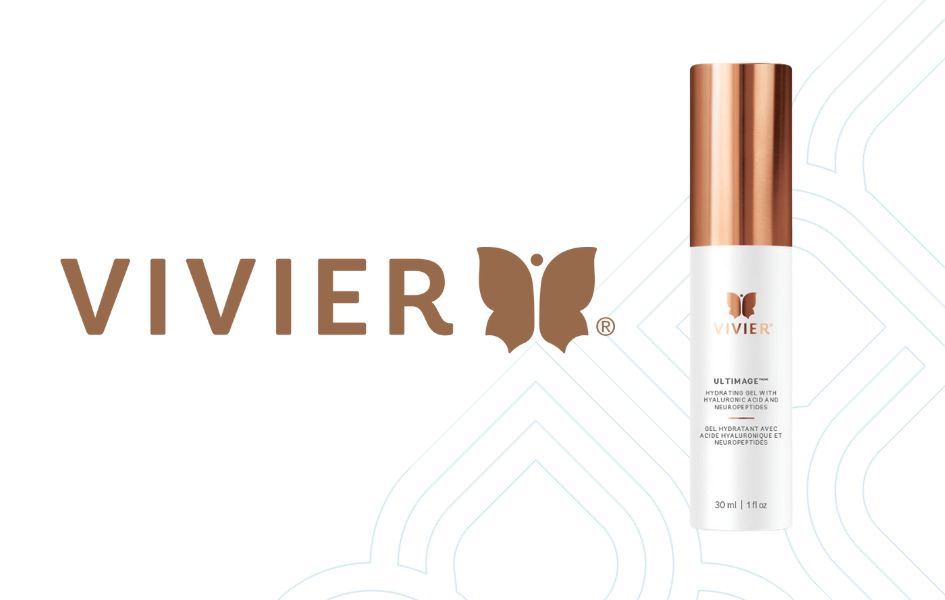
Talk about a tall drink of water! Ultimage is a hydrating gel with hyaluronic acid and neuropeptides. Quenching your thirst but for your skin. A lightweight, non-greasy gel that gives a powerful hydrating boost. Ultimage can be used as a moisturizer on its own for those who are seeking light moisturizer in the summer months, or can be incorporated into your skincare routine before applying a moisturizing cream to lock the hydration into the skin. Formulated without fragrance makes this product safe for all skin types, even the most sensitive! The general rule of thumb for applying your skincare products is to apply them from thinnest to thickest in texture. Hydrating the skin with hyaluronic acid reduces redness (due from dryness), along with fine lines and wrinkles. Think hydrate and seal. Ultimage can be used morning and night however, don’t forget to drink your water! It is just as important to ensure we are properly hydrating on the inside as topically. In the skin, hyaluronic acid’s main function is to bind to and retain water. HA is capable of binding over one thousand times its weight in water – woah. As we age, the loss of hyaluronic acid increases making it difficult to maintain hydration in the skin. As a result, our skin lacks volume, hydration and plumpness. Ensuring the body is hydrated every single day, both internally and externally, will help maintain moisture levels throughout the skin. Incorporating Ultimage into your skincare routine will have people asking about your luminous skin!
Kayla Lovli | Nakatsui DermaSurgery

